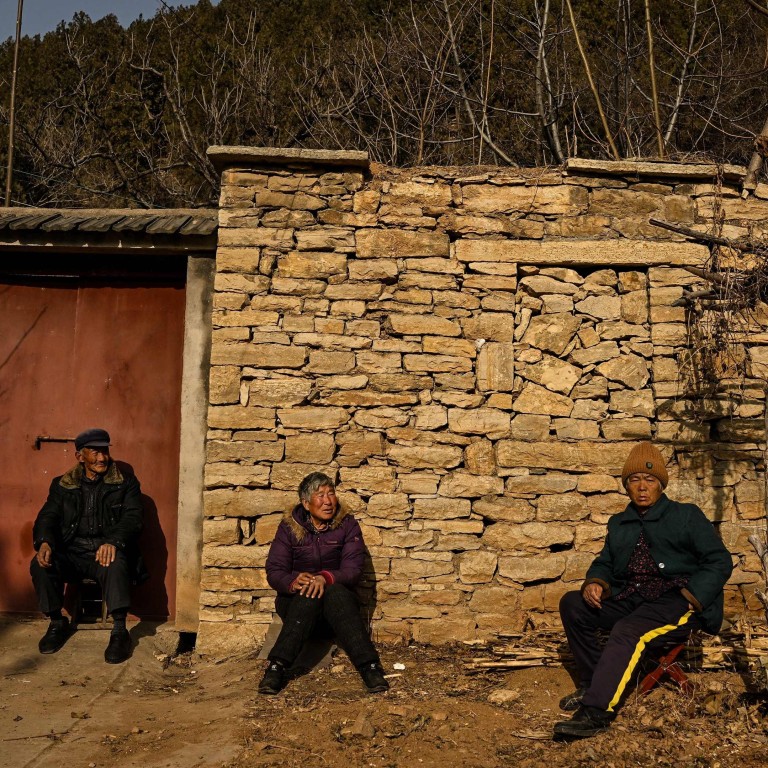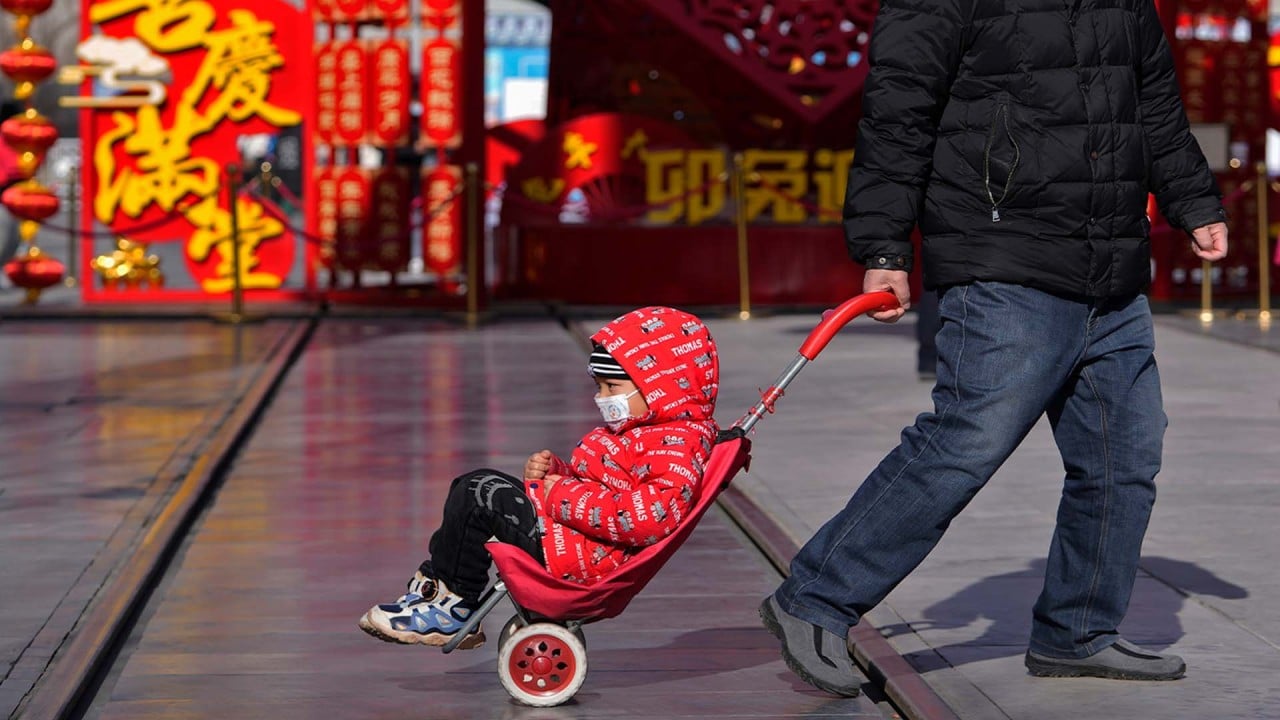
China to expand rural access to urban welfare benefits in push for economic growth
- More than a dozen government agencies vow to make it easier for migrants in cities to tap into public services, such as healthcare
- Authorities hope the process will boost economic activity as the country grapples with a shrinking population and the fallout from the coronavirus
In a notice on Saturday, 19 government departments, including the National Development and Reform Commission (NDRC), the Ministry of Finance and the People’s Bank of China, pledged to improve conditions in resettlement areas, create job opportunities and give more people access to urban welfare benefits.
“Residence permits will be promoted to ensure people have equal access to public services in cities, while their legitimate interests in home villages will be protected.”
The notice also said job prospects and living conditions would be improved in small and medium-sized cities to encourage relocation.
China has been encouraging people from remote and often poor villages to move to bigger centres where they have better access to public services and job opportunities.
This urbanisation process has also been a key driver of growth, bringing much-needed people for manufacturing and service jobs, stimulating government spending on infrastructure and housing, and lifting consumer spending.
Between 2016 and 2020, the government spent about 600 billion yuan (US$88.4 billion) on relocation programmes, moving about 9.6 million people and building 2.66 million units of housing across 22 provinces, according to data from the NDRC, the nation’s top economic planner.
7 ways China can boost its birth rate
The urbanisation rate, as calculated by the number of people living or working in cities, rose to 65.22 per cent last year from 53.1 per cent a decade earlier.
However, only 45.4 per cent of the population had an urban hukou in 2020, the last time the government revealed the figure.
China recorded its second-lowest level of growth in more than four decades last year and the country registered its first fall in population since the early 1960s. Households are also grappling with the financial fallout of the Covid-19 pandemic.
In the age when the service sector dominates, greater mobility of labour will greatly improve productivity
“In the age when the service sector dominates, greater mobility of labour will greatly improve productivity,” said Terence Chong Tai-leung, executive director of the Lau Chor Tak Institute of Global Economics and Finance at the Chinese University of Hong Kong.
“If the hukou policy is totally abandoned, the long-term effect on economic growth will be significant,” said Chong.
China aims to increase economic growth to above 5 per cent from last year’s 3 per cent.
While smaller cities have largely opened their doors to rural migrant workers, dozens of large centres with better job prospects, and medical and education services – particularly the capital city of Beijing and financial hub of Shanghai – still restrict applications for a local hukou.
China had 295.6 million rural migrant workers last year, 58 per cent of whom left their hometowns for employment, according to the National Bureau of Statistics.
According to World Bank standards adopted in September, the poverty line for upper middle-income countries, of which China is one, is US$6.85 per day.
Around 273 million people, or 19 per cent of the Chinese population, are estimated to be below that level, although extreme poverty has largely been eradicated.
The central government has yet to release a target of resettlement for this year.



